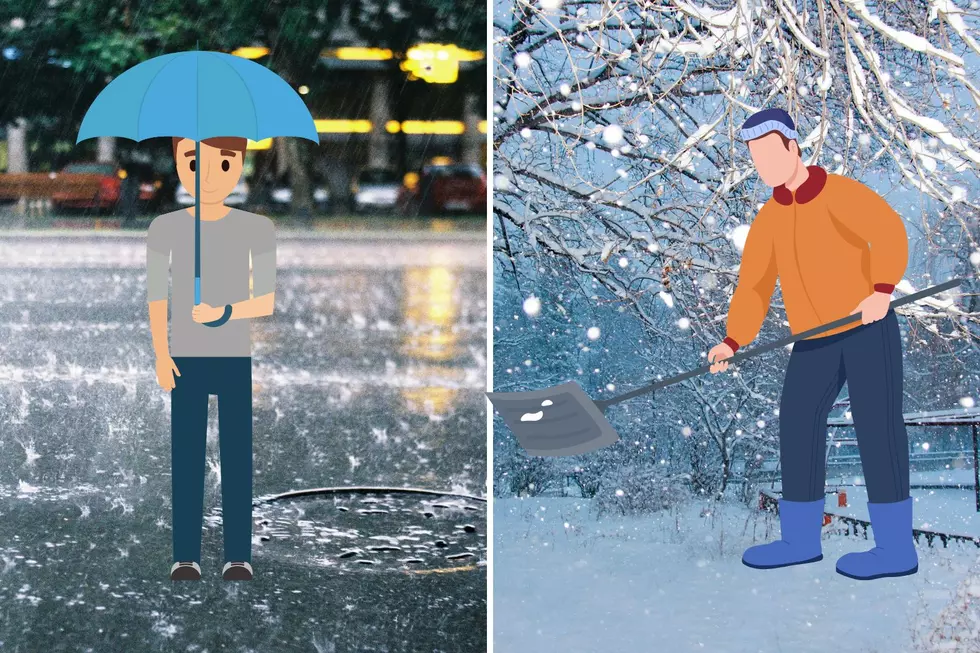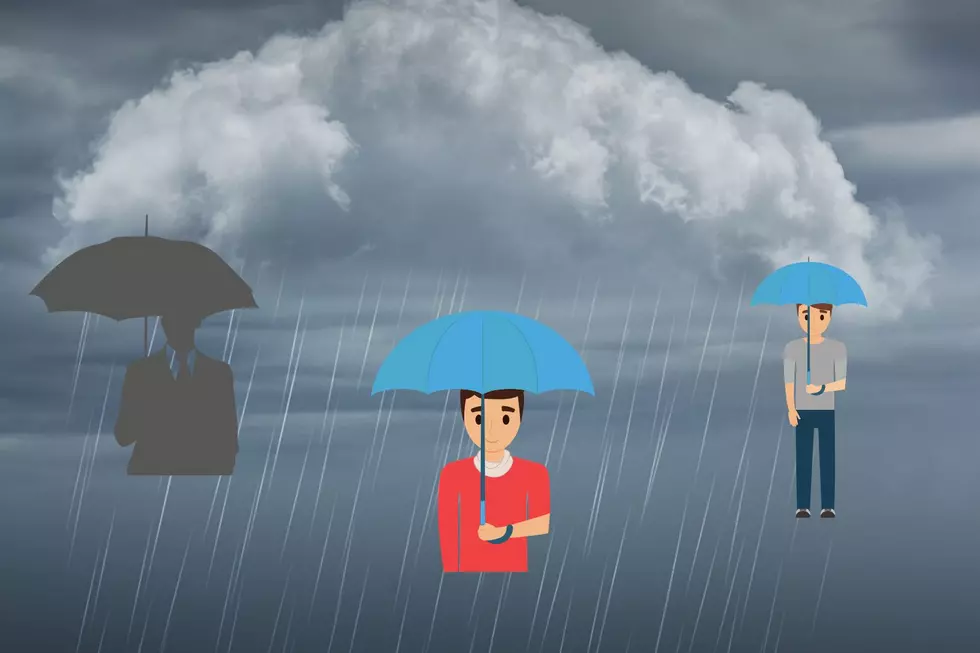
Scientifically Proven Ways to Stay Warm
Think you know all about staying warm? Maybe not.
Since the cold shows no sign of letting up much, let's review these tips:
1. Dress in layers and avoid getting wet, be it from sweat or from stepping in a puddle. When you dress for going out in the cold, start with a synthetic, wicking base layer to pull the moisture off your skin. Try not to let cotton (which can absorb sweat) touch your skin if you can help it. On top of the wicking base layer, put an insulating layer like tights, leggings, or a form-fitting undershirt...things that are lightweight and easy to get your normal clothing over. If the layers are too heavy, you will start sweating and be uncomfortable. Layering will insulate your body from the cold temperatures and wind.
2. Protect your core. If you start shivering, it means that mild hypothermia has set in and your skin temperature has dropped. The involuntary shivering kicks in to keep your core body temperature from falling. When the shivering stops, that's even worse. It means hypothermia is getting worse. Hypothermia occurs when body temp dips below 95 degrees. (The average human core temp is 98.6 degrees Fahrenheit.) Keeping your torso insulated is the best thing you can do to keep the rest of your body warm. The body's natural self-preservation system stops sending blood out to your extremities in order to protect your vital organs from the cold. That's why you could get frostbite in your fingertips and toes if you don't keep your core warm.
3. The winter hat isn't the be-all, end-all. It's one of those old wives' tales that you lose more heat through your head than other body parts of your body and that a hat is the most important thing to keep you warm. But that's not true. Body heat loss is about how much skin is exposed. Not WHERE that skin is exposed. Of course wearing a warm hat can help you keep warm, but really it's about covering as much as your skin as possible, which would make a down coat or jacket with good insulation just as important.
4. Mittens DO keep your hands warmer than gloves. The extra insulating body heat generated from your fingers touching each other helps more than having your fingers separated by gloves. Mittens help reduce the risk of frostbite.
5. Stay hydrated. Drink water. Your body will tolerate the cold much better if a food and water balance are maintained. Which also means...
6. ... Keep yourself well-fed. Being out in the cold is the one time it's better to consumer more calories than you burn. That's because you need to keep your blood sugar up to provide the energy needed to stay warm.
7. Get your body acclimated. People who are outside a lot and spend time in the cold can actually reduce their 'set point' before they respond to cold. It is believed that hibernating animals have a high amount of a certain type of fat that releases heat energy. So some research shows that people who expose themselves to the cold more often can increase the type of fat in their body that releases heat energy to help them feel warm longer.
8. Keep physically fit. Overall good physical fitness makes it easier to cope with cold, although being too thin can be a disadvantage, because body fat helps keep you warm.
9. Be prepared all the time. Stock your car with water, calorie-dense foods, warm blankets, and extra sets of dry clothing just in case you find yourself stranded and can't keep the heat on in the car.
10. Know your risks. Drugs used to treat high blood pressure can make you more sensitive to the cold. So can some medical conditions, like hypothyroidism. Age also affects your cold-coping mechanism. Those over sixty or under two years old are especially at risk, since their bodies can't generate heat as easily.
11. Skip the booze. Alcohol is absolutely the worst thing that you should drink if you are already cold. Alcohol causes core body temperatures to drop. Instead, drink a warm, unspiked beverage to help raise your body's core temperature and withstand the chill.
More From 94.3 The Point









